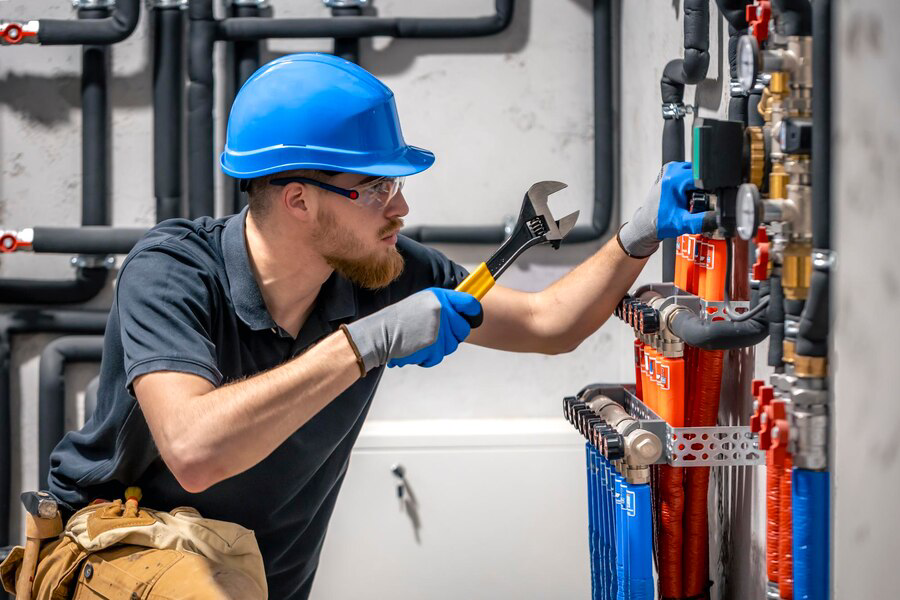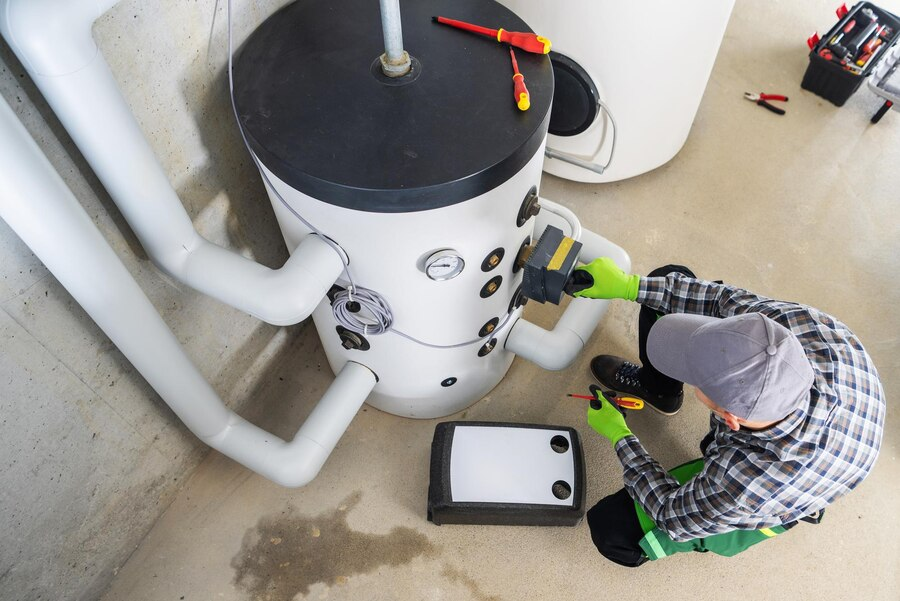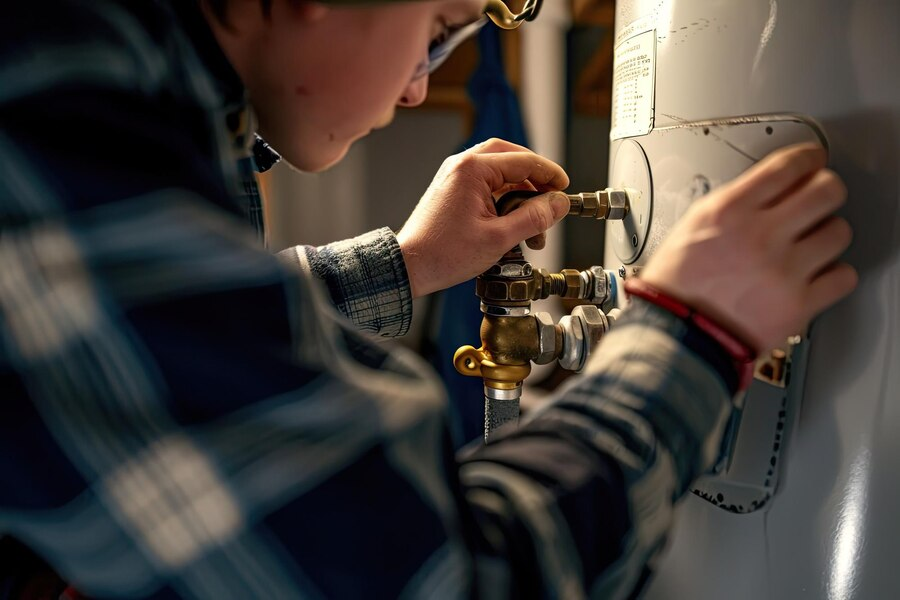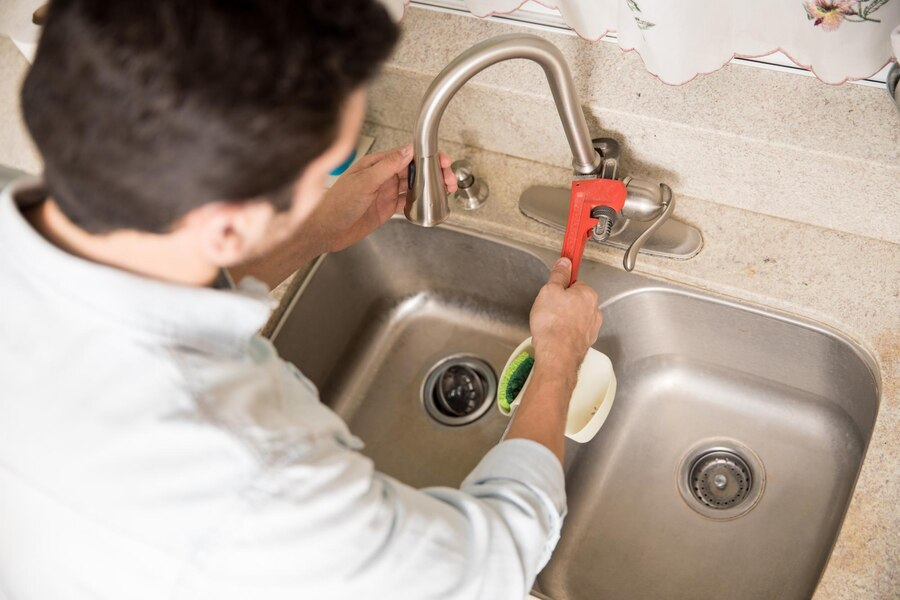Your Guide to Central Heating Installation and Effective Repair Methods
Mastering Central Heating: Essential Installation and Repair Insights
Central heating systems are the backbone of comfortable living in many homes today. Whether you're considering a new installation or need repairs on an existing system, understanding the basics can save you time, money, and hassle. This comprehensive guide dives into everything you need to know about central
heating installation and effective repair methods, ensuring your home stays warm and cozy throughout the year.
Understanding Central Heating Systems
Central heating systems are essential for maintaining comfortable temperatures throughout homes, especially during colder months. These systems operate by utilizing a central heat source, such as a boiler or furnace, which generates heat. This heat is then conveyed through a network of pipes or ducts that branch out to various rooms in the house. Each room is equipped with radiators, baseboard heaters, or vents that release the warmed air, ensuring even distribution throughout the living space.
Key components of these systems include not only the heat source itself but also the distribution network and sophisticated controls. These controls play a crucial role in regulating temperature settings and ensuring efficient operation, thereby maximizing comfort while minimizing energy consumption and costs. Understanding these fundamentals is fundamental for homeowners looking to optimize their central heating system's performance and longevity.
Types of Central Heating Systems
There are several types of central heating systems commonly used today:
Forced Air Systems
These systems use ducts to distribute heated air throughout the home and can integrate air conditioning, providing versatile climate control. They are popular for their ability to quickly heat or cool large spaces efficiently, offering convenience and comfort with the flip of a switch.
Radiant Heating Systems
Radiant systems directly heat floors, walls, or ceilings, offering a cozy and efficient warmth that evenly distributes throughout the room. They are valued for their comfort and can reduce energy costs by focusing heat where it's needed most without relying on air circulation.
Hydronic Systems
Hydronic systems use water or steam circulated through radiators or baseboard heaters to distribute heat quietly and evenly. They are known for their consistent warmth and can operate efficiently with various energy sources, providing reliable comfort while maintaining a quiet environment in the home.
Heat Pump Systems
These systems transfer heat between the indoors and outdoors using refrigerant, providing both heating and cooling capabilities with high efficiency. Heat pumps are environmentally friendly and can significantly reduce energy costs compared to traditional heating and cooling systems, making them increasingly popular in many climates.
Geothermal Heating Systems
Geothermal systems harness the stable temperature of the ground to heat or cool homes efficiently. By utilizing renewable energy from the earth's heat, they offer long-term energy savings and minimal environmental impact, making them a sustainable choice for environmentally-conscious homeowners.

Installation Process
Installing a central heating system requires careful planning and execution to ensure optimal performance and efficiency. Here's a step-by-step overview of the installation process:
Assessment and Planning
A professional assessment considers your home's size, insulation, and local climate to determine the right system. This crucial step ensures the system's capacity matches your heating needs, optimizing efficiency and comfort while minimizing energy waste.
Choosing the Right System
Based on the assessment, select a system that aligns with your energy efficiency goals and heating requirements. Factors like fuel type, system size, and integration capabilities with existing infrastructure are considered to ensure optimal performance and cost-effectiveness.
Installation of Components
Installation involves fitting the boiler or furnace, laying ductwork or piping, positioning radiators or vents, and integrating thermostats and controls. Precision in installation ensures components are correctly positioned and connected for reliable and efficient operation throughout your home.
Testing and Calibration
Post-installation, thorough testing ensures all components function correctly. Calibration of thermostats, controls, and pressure settings optimizes performance, fine-tuning the system for maximum efficiency and comfort tailored to your specific heating needs.
Final Inspection
A final inspection verifies compliance with local building codes and safety standards. This step ensures the installation meets regulatory requirements, safeguarding against potential hazards and ensuring the system operates safely and efficiently for years to come.
Common Issues and Effective Repair Methods
Even with proper installation, central heating systems may encounter issues over time. Understanding common problems and knowing when to seek professional repairs can prevent minor issues from escalating into major expenses.
- Loss of Heat: Loss of heat can stem from thermostat malfunctions, pilot light issues, or disrupted fuel supply. A professional technician can accurately diagnose the cause and perform necessary repairs, whether it's recalibrating the thermostat, relighting the pilot light, or addressing fuel supply interruptions to restore efficient heating.
- Uneven Heating: Uneven heating often results from poor circulation or airlock in the system. This issue can lead to some rooms being warmer than others. Flushing the system to remove air pockets or adjusting the balance of radiators can effectively restore even heat distribution throughout the home.
- Strange Noises: Banging, clanking, or whistling noises in the heating system usually indicate problems like air in the pipes, loose components, or boiler or furnace issues. Prompt inspection and repairs, such as bleeding the radiators or securing loose parts, can prevent these noises from causing further damage.
- Increased Energy Bills: A sudden spike in energy bills often signals system inefficiencies, such as leaks in ductwork or inadequate insulation. Identifying and addressing these issues, whether by sealing duct leaks or improving insulation, can enhance the system's efficiency, resulting in lower energy consumption and reduced costs.
- Frequent Cycling: If the heating system frequently turns on and off, it may be due to an oversized unit, thermostat issues, or poor airflow. A technician can assess the system to identify the cause and make necessary adjustments, such as recalibrating the thermostat or improving ventilation, to ensure efficient operation.
Maintenance Tips for Longevity
Regular maintenance is essential to keep your central heating system running smoothly and efficiently:
Annual Servicing
Schedule yearly inspections by a qualified technician to detect leaks, clean components, and ensure all parts function correctly. This proactive approach prevents breakdowns and maintains efficiency throughout the heating system's lifespan.
Monitor Thermostat Settings
Adjust thermostat settings seasonally to optimize energy use without compromising comfort. This practice adapts heating levels to changing weather conditions, maximizing efficiency and reducing energy costs.
Check for Leaks
Regularly inspect pipes, radiators, and ductwork for leaks or corrosion. Addressing these issues promptly prevents energy waste and potential water damage, ensuring the system operates reliably and efficiently.
Bleed Radiators
If radiators have cold spots, bleeding them releases trapped air, improving heat distribution. This simple maintenance task restores the radiator's efficiency, enhancing overall heating performance in your home.
Insulate Pipes
Insulating exposed pipes prevents heat loss and reduces the risk of freezing during colder months. This preventive measure not only conserves energy but also protects the system from potential damage due to freezing temperatures.
Choosing a Professional Service Provider
Choosing the right service provider for central heating installation and repairs is paramount to ensuring your system operates efficiently and reliably. Start by seeking licensed professionals with extensive experience in HVAC services. A reputable provider should offer comprehensive services, from initial consultation to installation and ongoing maintenance. Prioritize companies that emphasize customer satisfaction, as this reflects their commitment to quality service.
Researching online reviews and seeking recommendations from trusted sources such as friends and neighbors can provide valuable insights into a provider's reputation and reliability. Look for evidence of timely responses to inquiries, transparent pricing, and professional conduct throughout the service process. By selecting a qualified and dependable service provider, you can have peace of mind knowing your central heating system is in capable hands, ensuring comfort and efficiency for years to come.
Conclusion
Mastering central heating installation and repair is crucial for ensuring year-round comfort and efficiency. Whether you're facing issues with your system or planning a new installation, understanding these processes can save time and money while enhancing the performance of your home's heating. With reliable professionals like those at Plumbing & Heating, Gas Engineer Northampton available in Northampton, UK, maintaining optimal heating solutions becomes simpler. By staying informed and proactive, homeowners can navigate heating challenges effectively, ensuring a cozy and functional environment throughout the seasons. For inquiries, contact Plumbing & Heating at plumbingservicesnorthampton@gmail.com or +44 1604 343223.



